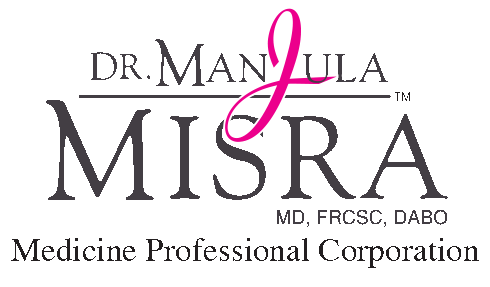How Cataracts Are Removed
Phacoemulsification
If you imagine the eye like a camera, the lens focuses the light to the back of the eye. A cloudy lens interferes with light passing through to the retina, the light-sensing layer of cells at the back of the eye. The retina is like the film of the camera — it captures the light that is focused onto it. Having a cataract can be compared to looking at the world through a foggy window.
A cataract is not a film that is peeled off. It is the substance of the lens that gets cloudy and therefore the entire lens must be completely removed and exchanged when a visually-significant cataract develops. There are two parts to the cataract:
- the cloudy lens and
- the bag (or capsule) that attaches the lens to the eye.
Phacoemulsification is a surgical method used to remove a cataract, which is a clouding of the eye's lens. Three very tiny openings are created and micro-instruments are used. An oscillating ultrasonic probe is inserted into the eye to break up the lens. The fragments are removed from the eye using fluid. The incisions usually do not require sutures to close because they are so small.
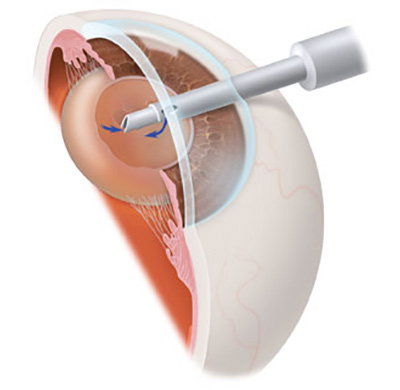
Phacoemulsification
Intraocular Lens Implant
Modern cataract surgery is much like building a ship in a bottle — the lens is removed and a man-made lens is inserted in its place.
The eye is measured before surgery using specialized instruments so that the proper lens power is chosen for each individual's eye(s).
The IOL is sized for each person's eye using the measurements that were made prior to surgery. It allows light to focus properly in the eye and is intended to remain in the eye for life.
The lens capsule, which is the bag that the lens was in, gets left behind and a foldable Intraocular Lens Implant, or IOL, is placed inside.
The cataract is like any body part. Once removed, it cannot grow back. This means that the surgery is permanent.
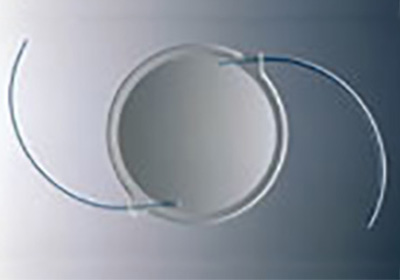
Intraocular Lens Implant (IOL).
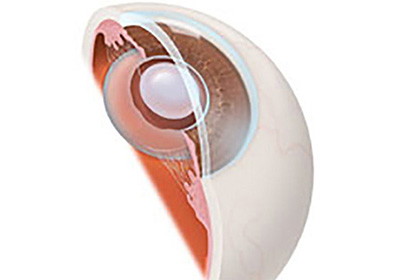
Lens implant in place in the eye.
General Instructions
Eyedrops must be taken for 3 days before and for 4 weeks after surgery. Vision returns quickly and one can resume normal activities within a short period of time.
The eye will need to be checked a few times after surgery to ensure normal healing and absence of complications.
The main restriction after surgery is that the eye may not be rubbed.
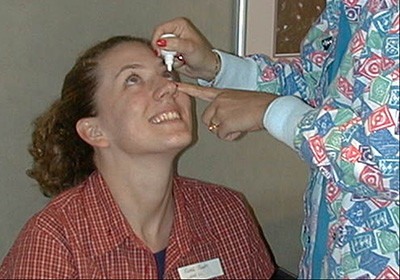
A helping hand is always nice to have!
